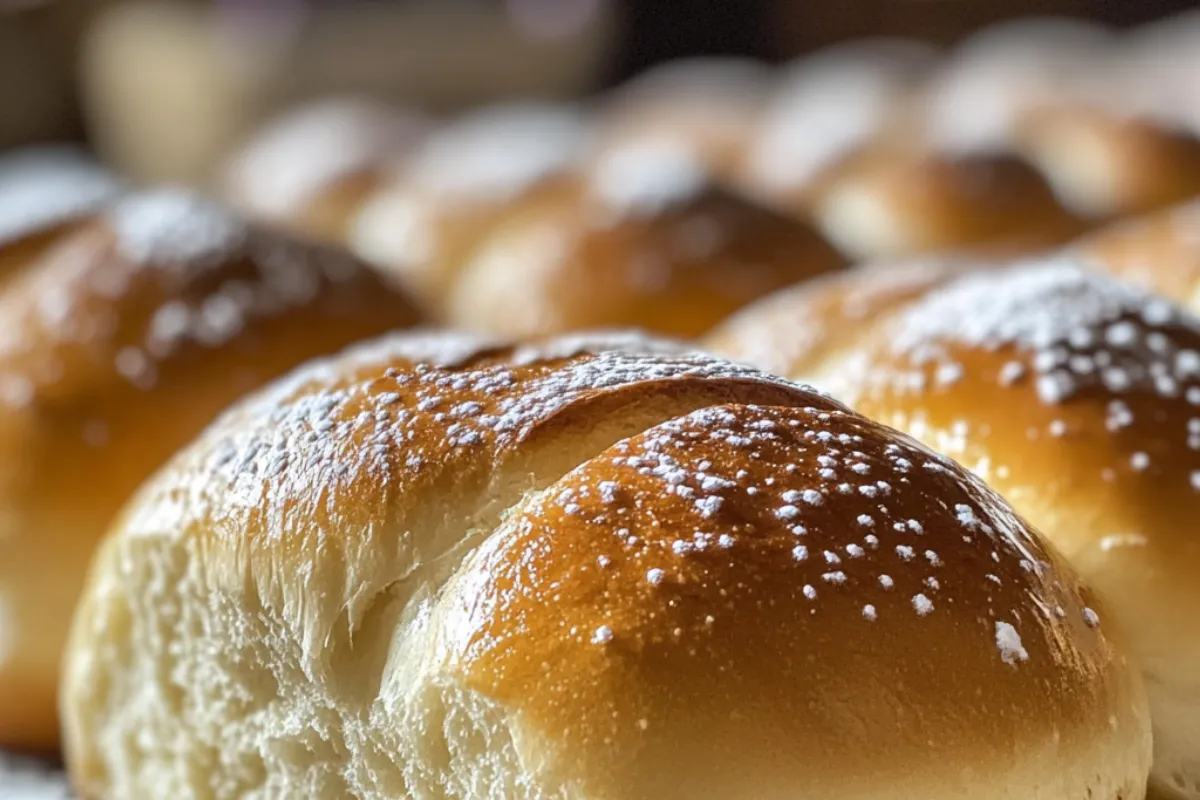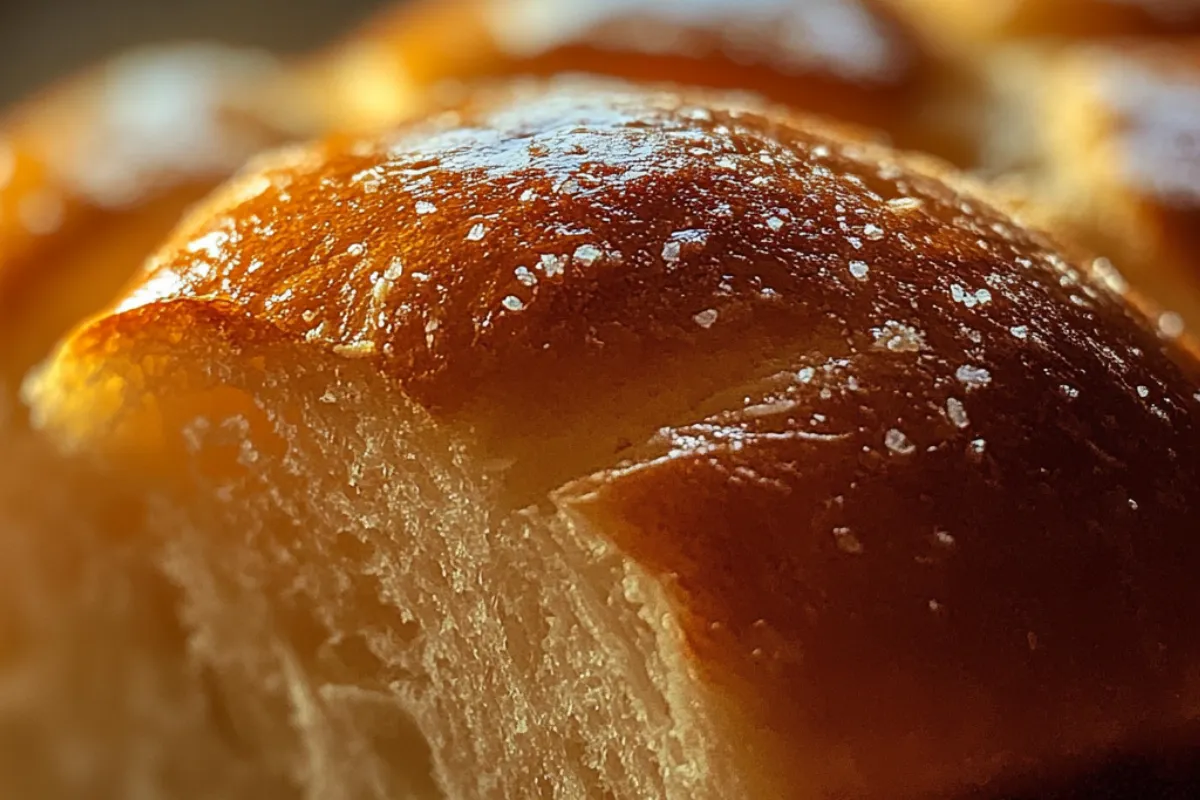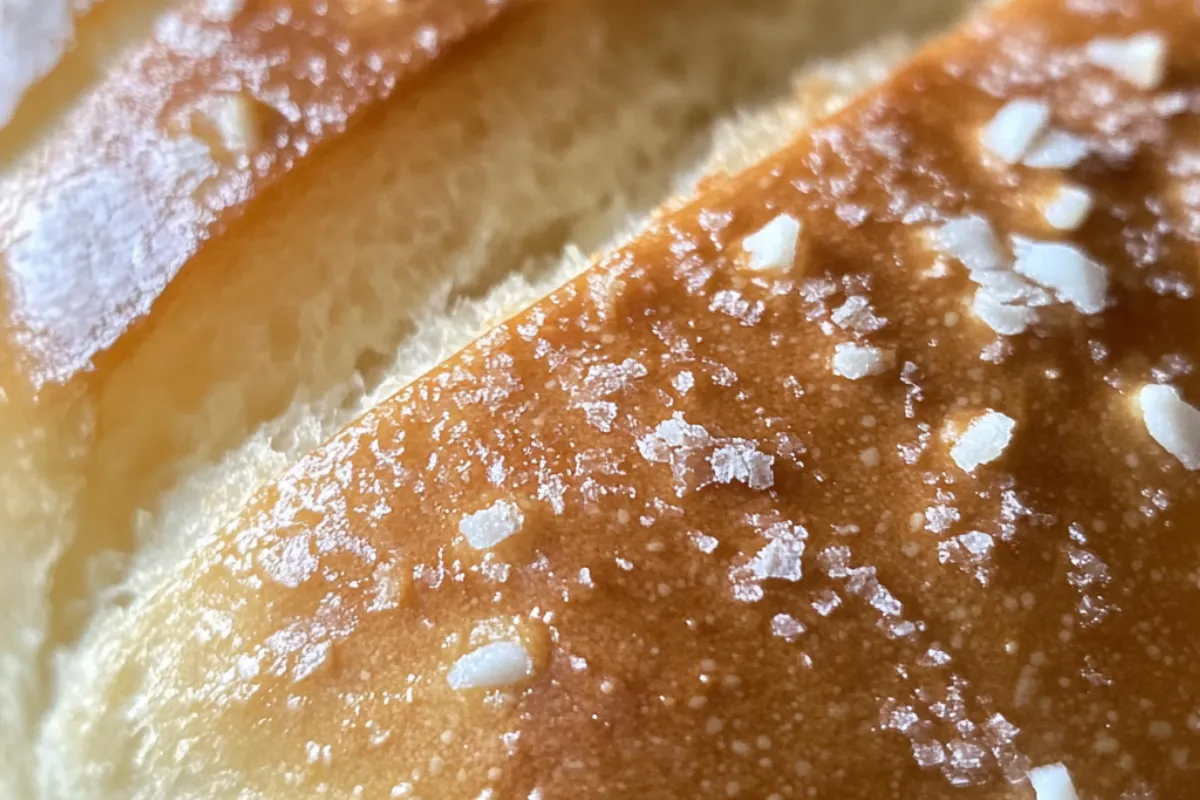Cottage cheese is a versatile ingredient, commonly used in baking to add moisture, richness, and texture to a variety of dishes. It can be found in everything from pancakes to savory pies, offering a nutritious and delicious alternative to heavier dairy products like cream or butter. But why do you use cottage cheese in baking, and what makes it such a popular choice?

In this article, we’ll delve into the reasons why cottage cheese is a favored ingredient in baking, explore its health benefits, and look at how it enhances the texture and flavor of baked goods. By the end, you’ll understand how cottage cheese can be a healthier option and an excellent substitute for other dairy products in both sweet and savory recipes.
What is Cottage Cheese?
Cottage cheese is a fresh cheese made from curdled milk, giving it a soft, creamy texture with visible curds. It comes in various fat levels, including nonfat, low-fat, and whole milk varieties, and is often enjoyed on its own or as part of a dish. The curds in cottage cheese are what give it its distinct texture, which can either be smooth or slightly chunky depending on whether it’s pureed or left whole.
For those who are looking for a healthier alternative to traditional dairy ingredients, cottage cheese is an excellent choice. It is lower in fat than most cheeses and is packed with protein, making it an ideal ingredient for baking, especially when you want to add both flavor and nutrition to your dishes.
Different Types of Cottage Cheese
There are several types of cottage cheese available, ranging from nonfat to whole milk varieties. The difference between them lies in their milk fat content:
- Nonfat Cottage Cheese: Contains no added cream, making it the lowest-calorie option.
- Low-Fat Cottage Cheese: Typically contains 1% to 2% milkfat.
- Whole Milk Cottage Cheese: Made with whole milk and contains at least 4% milkfat, making it richer and creamier.
While whole milk cottage cheese provides more richness to baked goods, nonfat and low-fat versions are more suitable for healthier recipes. Each type can be used in baking, depending on the specific flavor and texture you’re looking for.
The Role of Cottage Cheese in Baking
So, why do you use cottage cheese in baking? The answer lies in its ability to add moisture and flavor while keeping the fat content relatively low. Let’s break down the various roles cottage cheese plays in baking.
1. Adding Moisture to Baked Goods
Cottage cheese is rich in moisture, which helps keep baked goods tender and soft. Whether you’re making a cake, muffins, or bread, adding cottage cheese can prevent the product from becoming too dry. Its moisture content ensures that your baked goods stay fresh for longer without compromising on texture.
One great example of how cottage cheese enhances moisture in baking is its use in bread and muffins. When used in these recipes, cottage cheese keeps the crumb soft and prevents it from drying out during baking. In fact, cottage cheese can even replace some of the butter or oil in a recipe, offering a healthier alternative without sacrificing the overall texture.
2. Enhancing Richness and Flavor
Cottage cheese contributes to the richness of baked goods without adding too many extra calories. When you use whole milk cottage cheese, the added fat helps create a creamy texture in cakes, cheesecakes, and pies. Even when using low-fat or nonfat cottage cheese, you’ll still enjoy a rich flavor, thanks to the cheese’s natural creaminess.
For a savory twist, cottage cheese can be added to quiches, casseroles, and even certain types of bread. This enhances the overall flavor, making the dish more robust and satisfying. Explore more about how dairy affects baking with insights from Real California Milk.
3. Providing Structure and Binding
The protein content in cottage cheese also plays an essential role in providing structure to baked goods. Unlike butter, which adds fat but little structure, cottage cheese contains both fat and protein. This helps create a stable structure in your baked items, making them less likely to collapse or become too crumbly.
Cottage cheese is particularly useful in recipes like cheesecakes, where the cheese acts as a binding agent. It helps hold the ingredients together, creating a firm yet tender texture. You can learn more about the science of baking with cheese from Cooks Illustrated.
Cottage Cheese as a Substitute in Baking

One of the most significant advantages of using cottage cheese in baking is its ability to substitute for other ingredients like cream, butter, or yogurt. This makes it an incredibly versatile ingredient in the kitchen, especially for those who are looking to reduce fat or calorie intake without sacrificing flavor.
Common Substitutions for Cottage Cheese
- Ricotta Cheese: Ricotta has a similar texture to cottage cheese but is smoother and slightly sweeter. It’s often used as a 1:1 substitute in recipes like lasagna or baked pasta dishes.
- Sour Cream or Yogurt: Both sour cream and yogurt can replace cottage cheese in most recipes, especially if you’re looking for a smoother texture.
- Cream Cheese: For a richer, denser texture, cream cheese can be used in place of cottage cheese in certain recipes, such as cheesecakes or dips.
While these alternatives can mimic the texture and function of cottage cheese, they often come with higher fat content. So, if you’re trying to keep your baking healthier, cottage cheese is usually the best choice.
Health Benefits of Using Cottage Cheese in Baking
Not only does cottage cheese improve the texture and flavor of baked goods, but it also provides several health benefits. Here are some of the key reasons why cottage cheese is a smart choice for health-conscious bakers.
1. Low in Calories and Fat
Cottage cheese, especially the nonfat or low-fat varieties, is much lower in calories and fat compared to traditional baking ingredients like butter or cream. This makes it an excellent substitute in recipes where you want to cut down on the overall fat content without losing flavor or texture.
For those following a low-calorie or low-fat diet, cottage cheese offers a way to enjoy baked goods without the guilt. It allows you to maintain the richness of the dish while keeping the calorie count in check.
2. High in Protein
One of the standout features of cottage cheese is its high protein content. Protein is essential for muscle repair, tissue building, and overall health. When you incorporate cottage cheese into your baking, you’re adding a source of protein that will make your treats more filling and nutritious.
For those on high-protein diets, cottage cheese is a fantastic way to boost your intake while still enjoying baked goods. Whether you’re making pancakes, muffins, or quiches, cottage cheese ensures that you get a healthy dose of protein with every bite.
3. Packed with Nutrients
Cottage cheese is rich in essential nutrients such as calcium, phosphorus, and B-vitamins. Calcium, in particular, is crucial for bone health, while B-vitamins help with energy production and metabolism. By using cottage cheese in your baking, you’re not only enhancing the flavor and texture of your dishes but also boosting their nutritional value.
Additionally, cottage cheese contains fewer additives and preservatives than many processed dairy products, making it a cleaner choice for baking.
Popular Recipes That Use Cottage Cheese in Baking
Cottage cheese can be used in a wide range of recipes, both sweet and savory. Here are some popular baked goods where cottage cheese shines:
- Cottage Cheese Pancakes: Fluffy, protein-packed pancakes that are perfect for a healthy breakfast.
- Cheesecakes: Use cottage cheese instead of cream cheese for a lighter, lower-fat version of this classic dessert.
- Cottage Cheese Muffins: Moist and tender muffins made with whole grains and cottage cheese for added nutrition.
- Cottage Cheese Bread: A savory bread option that stays soft and moist, thanks to the moisture content of the cottage cheese. Try this Cottage Cheese Bread Recipe for inspiration.
- Quiche: Cottage cheese adds creaminess and richness to savory quiches without the extra fat from heavy cream.
By incorporating cottage cheese into these recipes, you can enjoy delicious baked goods that are also good for you.
How Cottage Cheese Affects Texture in Baking

Cottage cheese has a unique ability to enhance the texture of baked goods. Its moisture and fat content help create a tender crumb, while its curds can add a subtle texture, depending on how it is used.
Creating a Creamy Texture
When pureed or blended into a recipe, cottage cheese can create a smooth, creamy texture similar to that of yogurt or cream cheese. This is particularly useful in cheesecakes, pies, and custards, where you want a silky texture without using heavy cream or butter.
Adding Moisture and Softness
In recipes like muffins and cakes, cottage cheese adds moisture and softness to the crumb. This helps prevent the baked goods from becoming dry or crumbly, ensuring they stay fresh and tender for longer. The natural fat content in cottage cheese also contributes to a softer, more delicate texture.
Chunky vs. Smooth Texture
Whether you leave the cottage cheese curds intact or blend them smooth depends on the texture you’re aiming for. For a chunkier texture, such as in savory breads or muffins, leaving the curds whole can create a pleasant contrast. On the other hand, blending the cottage cheese creates a smooth, uniform texture ideal for cakes and cheesecakes.
Common Challenges When Baking with Cottage Cheese
While cottage cheese is a versatile and beneficial ingredient in baking, it does come with some challenges. Here are a few common issues and how to solve them.
1. Excess Moisture
One of the main challenges when using cottage cheese in baking is its high moisture content. Too much moisture can lead to a soggy or undercooked product. To avoid this, be sure to drain the cottage cheese before adding it to your recipe, especially if you’re using the full-fat version.
2. Curds Not Blending Smoothly
If you prefer a smoother texture in your baked goods, you may need to blend or puree the cottage cheese before adding it to the recipe. This is particularly important in cheesecakes or other creamy desserts where a smooth texture is key.
3. Adjusting Baking Time
Because cottage cheese adds moisture, it may affect the baking time of certain recipes. Be sure to monitor your baked goods closely and adjust the baking time as needed to ensure they are fully cooked.
FAQs About Using Cottage Cheese in Baking
Why is cottage cheese used in baking?
Cottage cheese is used in baking for its ability to add moisture, fat, and protein while keeping the calorie content lower than traditional dairy products like cream or butter. It also enhances the texture and flavor of baked goods.
Can I use cottage cheese instead of cream cheese in baking?
Yes, cottage cheese can be used as a substitute for cream cheese in many recipes, especially if you’re looking for a lighter, lower-fat option. However, the texture will be slightly different, so it’s best to blend or puree the cottage cheese for smoother results.
Is cottage cheese a healthy alternative to butter?
Yes, cottage cheese is a healthier alternative to butter, as it contains significantly less fat and more protein. It can be used in recipes like cakes, muffins, and breads to reduce fat content without sacrificing moisture or flavor.
Does cottage cheese affect the flavor of baked goods?
Cottage cheese has a mild flavor, so it won’t drastically alter the taste of your baked goods. In most cases, it enhances the richness and adds a subtle creaminess without overpowering the other flavors in the recipe.
Can cottage cheese be used in vegan recipes?
No, cottage cheese is a dairy product, so it cannot be used in vegan recipes. However, there are plant-based alternatives, such as tofu or cashew cream, that can mimic the texture of cottage cheese in vegan baking.
Conclusion
Cottage cheese is an incredibly versatile ingredient in baking, offering a range of benefits from enhanced texture to added nutrition. Whether you’re looking to reduce the fat content of your baked goods or simply want to add some extra protein, cottage cheese is a fantastic choice. With its mild flavor and creamy texture, it works well in both sweet and savory recipes, providing a healthier alternative to heavier dairy products like butter or cream.

